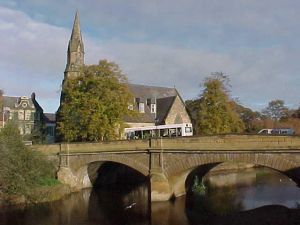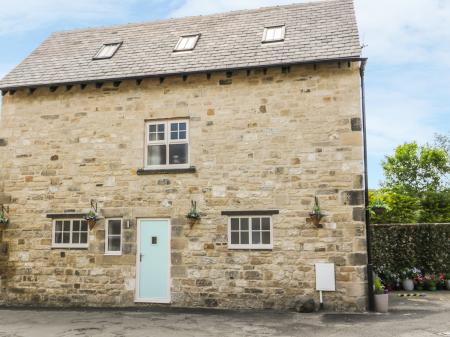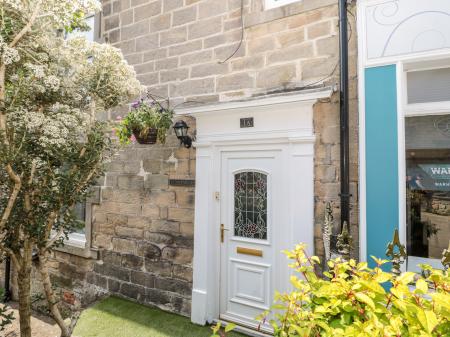
A second castle followed shortly after but that was destroyed by William's descendant, King John, in 1215. It was rebuilt, but the only surviving remnant is the restored gatehouse. The third castle is a Victorian Gothic creation intended to be the county courthouse and gaol.
A prominent landmark in Morpeth is the Clock Tower on Oldgate, which was once a prison. This was built in the 17th century and subsequently raised higher on several occasions. Many of the older buildings in Morpeth date from the 17th and 18th centuries, as most older buildings were destroyed in a 17th-century fire.
A survivor is the parish church of St Mary the Virgin. This fine 14th-century building stands about a mile from the centre of Morpeth. In the churchyard is the grave of suffragette Emily Davison, who famously died after being trampled by a racehorse at the 1913 Derby races.
Famous architects had a hand in Morpeth's development; the Town Hall was built to a design by Sir John Vanbrugh, and the town bridge was built by Thomas Telford.
On Bridge Street is Morpeth Chantry, one of just five surviving medieval bridge chapels in England. This intriguing building has been a chapel, a mineral water works, a school, a cholera hospital, and a museum.
 We've 'tagged' this attraction information to help you find related historic attractions and learn more about major time periods mentioned.
We've 'tagged' this attraction information to help you find related historic attractions and learn more about major time periods mentioned.




